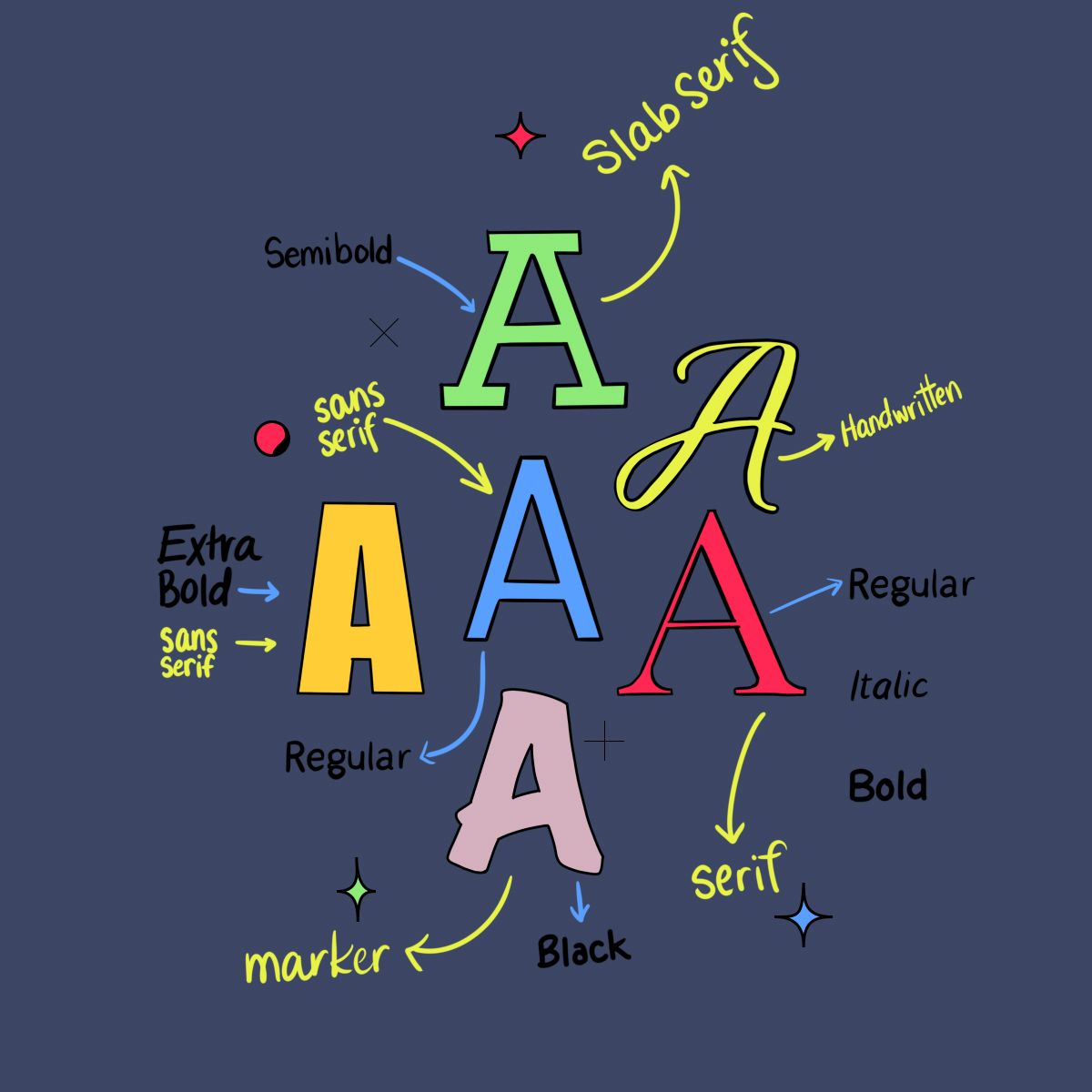
Picture the scene. You’re celebrating after successfully wrapping up a project for a client. Perhaps you pop open a bottle of bubbly, only to be brought down to Earth with a bump as your phone pings.
It’s your client wanting to know why, just days after launch, they’ve received a letter from a type foundry threatening to sue.
Your heart sinks as you realize: the font license you bought for yourself doesn’t cover the work you did for your client. You rush back to your laptop to change the font and save face, but deep down, you know it’s too late. Your client’s never coming back, and your reputation is going down the drain fast.
As a designer, you know how important fonts are. They transmit the emotions clients want their brands to project, and the right font can make or break a campaign’s success.
For example, one study found that tour operators offering relaxing vacations had more conversions with easy-to-read fonts. Conversely, companies offering packages that promised adventure found greater success with difficult-to-read fonts.
But not paying due care and attention to licensing fonts can land you — and your client — in hot water.
This article will outline everything you need to know about font licensing, so you never have to worry about receiving a “cease and desist” letter again.
What is font licensing?
Back in the days before computers, fonts were physical blocks of wood or metal that printed ink a certain way. Digital fonts, on the other hand, are software files that run code to display letters in a specific format.
Since each font is a software product, they’re subject to licensing — yes, even free fonts. When you buy a font, the license gives you permission to use the font software according to the terms and conditions established by the foundry that created it.
This document is called an End-User License Agreement (EULA), and it details the permissions provided for font usage. If the EULA permits it, you can use the font for commercial use, for example, by sharing it with your clients. By using the font, you implicitly agree to its terms of use.
Fonts are designed by hand and can take months or even years of painstaking work to perfect. Just as a copyright agreement protects graphic designers by preventing others from using their work without permission, font licenses enable type designers to get paid for their creations.
While copyright laws vary from country to country, font licenses are written in such a way that they apply regardless of geographical location.
Font versus typeface — what’s the difference?
Although often used interchangeably, a subtle but important difference exists between a font and a typeface.
A typeface is a group of fonts that share similar characteristics, such as Arial. You can either buy a license to use a specific font or one for the entire typeface, comprising the whole family of fonts.
A font is a subset of letters, numbers, and characters within a typeface — such as Arial Narrow. Each font has a specific weight, size, and style, as well as italic versions and different levels of condensation.
While this difference might not matter during the day-to-day — with many designers using the two terms interchangeably — it does matter when it comes to licensing.
It’s also handy to know the difference if you come across a client who’s a stickler for terminology. The typeface you used might be Helvetica, but the font may be Helvetica Light Neue Italic 14 point.
Types of font licenses
You may be wondering by now what the different types of font licenses are and what they’re used for so you can ensure you always have the right license for any project.
So let’s take a look at six of the main types of font licenses and how they work.
1. Desktop license
A desktop license is a standard license that allows a font to be used on your computer to create designs. This type of license works well for designing logos for merchandise, like t-shirts or business cards.
Usually, desktop licenses are scalable, meaning you can add more “desks” as your business grows — say if you transition from being a freelance designer to running your own agency. You’ll need to acquire a font license for each computer you and your team use.
However, a desktop font license only applies to you, the end-user, and not necessarily to your client work. Once a project moves from pitch to live status, your client may need additional licensing to use it, such as a commercial license (more on that below).
One way to get around this is to work with the fonts your client already holds licenses for. If you’re working this way, be careful to make sure that each client holds the necessary license for the typeface or font they want to use.
2. Commercial license
Many desktop licenses also come with a commercial font license — but not all. You’ll need to check the EULA to find out whether your font can be used for commercial use or not.
If the desktop license doesn’t include commercial use, you’ll need to get one for yourself and possibly for your client, too. That’s why it’s often safer to use fonts that your clients already hold the licenses for.
3. Webfont license
Using a font on a website requires embedding it into the site’s CSS code. Webfonts are formatted to enable browsers to run them, which is why a Webfont license is also known as a dynamic font license.
There are different kinds of Webfont licenses. Some work on a per-view basis, with the owner of the website being charged proportionately to the number of pageviews the website gets. With these types of licenses, you may need to embed code into the website that allows the font foundry to monitor traffic.
4. ePub license
An ePub license is used for any kind of ePub file, such as ebooks and digital magazines. Check the EULA carefully in these situations, as you may need to relicense the font for every new edition or version you publish. Different editions of the same magazine may need separate licenses.
As with Webfont licensing, ePub licenses may be subject to royalties based on traffic or readership, so make sure you check the EULA before starting.
5. App license
If you’re creating a mobile app for your client, the font won’t be covered by the Webfont license. Instead, you’ll need to get an app license to embed it in your app.
As with Webfont licenses, you’ll need a separate license for each app, and pricing may vary depending on your user base.
6. Free license
A free font license does exactly what it says on the tin: it lets you use a font for free. Be careful, though — even open-source fonts are still covered by licenses.
For example, a free font license may allow you to use a font for design work and pitching. But once you share it with a client for commercial projects, commercial licensing requirements may kick in.
The other problem with free fonts is that if you pay peanuts, you get monkeys. In other words, they’re not always up to scratch in terms of the quality and polish offered by reputable typography foundries.
That said, there are plenty of decent free fonts available. A great resource for finding them is Google Fonts, with a library of almost 1,000 fonts covered by Google’s Apache License for use in print, on websites, and in apps.
Is font licensing a contentious issue?
Fonts are intellectual property, but just like with books, films, or music, the copyright and licensing laws around them aren’t always as clear as they should be.
For instance, in the US, digital font files are protected by licenses, but font renderings aren’t. This means it’s illegal to use and distribute a font file protected by a paid license, but it’s legal to “pirate” a font by printing it out on paper and creating a copy of it on your own.
Such acts devalue the work of type designers and undermine the importance of good fonts. More specific laws around global font licensing will help designers, companies, and end-users navigate their way through license agreements and avoid problems.
Save face with the right font licensing
By now, you should have a pretty good idea of what your font license options are for your next design project. Just make sure you purchase font licenses on a case-by-case basis and always triple-check the EULA to avoid any font faux-pas.
Whether you’re working on a website, app, ePub, or ad campaign, knowing your stuff when it comes to font licensing will impress potential clients and build your reputation as a reliable designer.
For more design resources, why not join the Playbook Community? You’ll find thousands of free designs available to download, a like-minded community, and the opportunity to showcase your work to the world.
